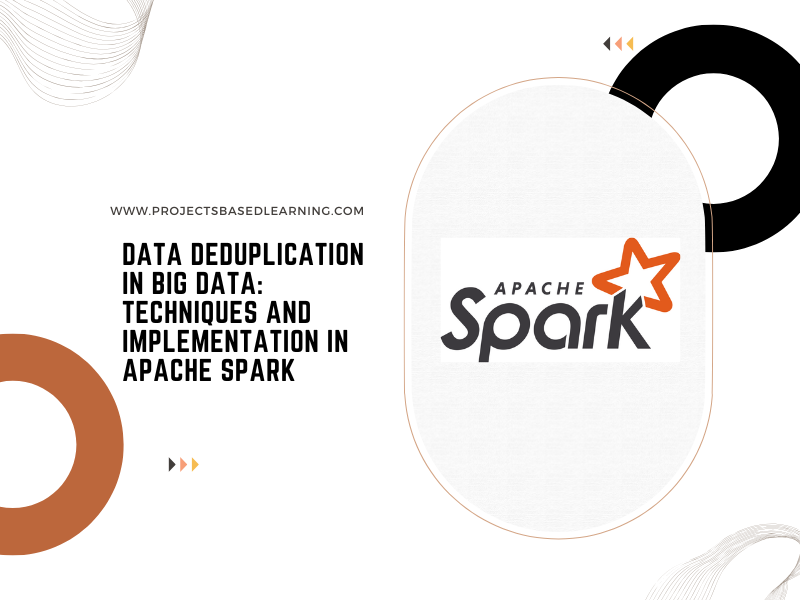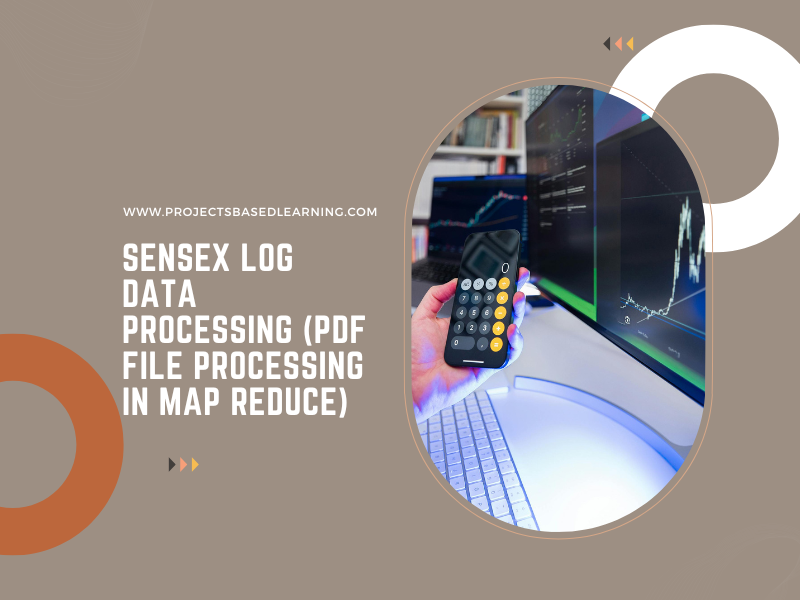In the world of Big Data, duplication is not just a nuisance—it’s a serious threat to the accuracy, performance, and cost-efficiency of your data pipelines. Whether you’re ingesting data from multiple sources, processing logs, or merging large datasets, duplicate records can skew results, inflate storage costs, and hinder analytics.
This is where data deduplication comes into play. In this blog, we’ll explore what data deduplication is, why it matters, common deduplication techniques, and how to implement them in Apache Spark—one of the most powerful tools in the Big Data ecosystem.
📌 What is Data Deduplication?
Data Deduplication is the process of identifying and removing redundant records from a dataset to ensure each unique entry is represented only once.
These duplicates might be exact copies or near duplicates caused by inconsistent formatting, data entry errors, or ingestion from multiple sources.
🚨 Why is Deduplication Critical in Big Data?
In traditional databases, deduplication is a hygiene task. In Big Data, it’s a necessity for:
Improving data quality and accuracy of analytics
Reducing storage costs (especially with petabyte-scale data)
Optimizing performance of processing jobs
Avoiding duplicate actions (e.g., sending the same email twice)
📊 Common Scenarios Where Duplicates Arise
Appending the same logs multiple times in a pipeline
Reprocessing files without proper idempotency
Receiving data from multiple source systems
Join operations without unique constraints
Incomplete merges or schema mismatches
🧠 Deduplication Techniques in Big Data
Let’s look at commonly used techniques:
1. Exact Match Deduplication
Identifying rows that are completely identical across all columns.
✅ Use when: You expect true duplicates with no variations.
2. Subset-Based Deduplication
Remove duplicates based on a subset of columns (like email, customer_id, etc.)
✅ Use when: Only specific fields determine uniqueness.
3. Window Function-Based Deduplication
Using ranking or row numbering to retain the latest or first record based on a timestamp or priority column.
✅ Use when: You want to keep the most relevant version of a duplicate.
4. Fuzzy Matching (Approximate Deduplication)
Match records with minor differences using algorithms like Levenshtein Distance, Soundex, etc.
✅ Use when: Typos or inconsistencies exist (e.g., “Jon” vs. “John”).
⚙️ Implementing Deduplication in Apache Spark
Apache Spark makes deduplication efficient and scalable. Here’s how to implement each technique using PySpark and Spark SQL.
✅ 1. Exact Match Deduplication
from pyspark.sql import SparkSession
spark = SparkSession.builder.appName(“ExactDeduplication”).getOrCreate()
df = spark.read.csv(“data.csv”, header=True, inferSchema=True)
# Remove completely identical rows
dedup_df = df.dropDuplicates()
dedup_df.show()
✅ 2. Subset-Based Deduplication
# Remove duplicates based on specific columns
dedup_subset_df = df.dropDuplicates([“email”, “phone_number”])
dedup_subset_df.show()
✅ 3. Keep Latest Record Using Window Function
from pyspark.sql.window import Window
from pyspark.sql.functions import row_number
window_spec = Window.partitionBy(“customer_id”).orderBy(df[“timestamp”].desc())
ranked_df = df.withColumn(“row_num”, row_number().over(window_spec))
latest_df = ranked_df.filter(ranked_df.row_num == 1).drop(“row_num”)
latest_df.show()
✅ 4. Fuzzy Matching with UDF (User Defined Function)
from pyspark.sql.functions import udf
from pyspark.sql.types import BooleanType
import Levenshtein
# Custom fuzzy match function
def is_duplicate(name1, name2):
return Levenshtein.distance(name1, name2) < 3
fuzzy_udf = udf(is_duplicate, BooleanType())
# Self-join to find fuzzy duplicates
joined_df = df.alias(“a”).join(df.alias(“b”), fuzzy_udf(“a.name”, “b.name”))
joined_df.show()
⚠️ Note: Fuzzy matching is compute-intensive, use on sampled or smaller datasets.
🔧 Best Practices for Deduplication in Spark
Partition your data before applying window functions for better performance
Always create backups or checkpoints before removing records
Use unique keys or surrogate keys during ingestion to avoid duplicates in the first place
Apply deduplication early in the pipeline to prevent costly downstream errors
Use Bloom filters in Spark for probabilistic duplicate detection when working with massive datasets
 Real-World Example: Deduplicating Web Logs
Real-World Example: Deduplicating Web Logs
Imagine you’re processing web server logs stored in HDFS that are appended daily. Due to a cron misfire, one file was ingested twice. You could use Spark to remove exact matches or filter based on a combination of ip_address, timestamp, and endpoint.
dedup_logs = logs_df.dropDuplicates([“ip_address”, “timestamp”, “endpoint”])
🎯 This ensures your dashboard reflects accurate pageviews, sessions, and user interactions.
🚀 Final Thoughts
Data deduplication isn’t just about cleaning—it’s about empowering your data to deliver insights without noise. In Big Data ecosystems, the stakes are higher: duplicates can cost both money and credibility.
By using Apache Spark’s powerful deduplication techniques, you can keep your pipelines clean, your queries fast, and your analytics sharp.

 Real-World Example: Deduplicating Web Logs
Real-World Example: Deduplicating Web Logs